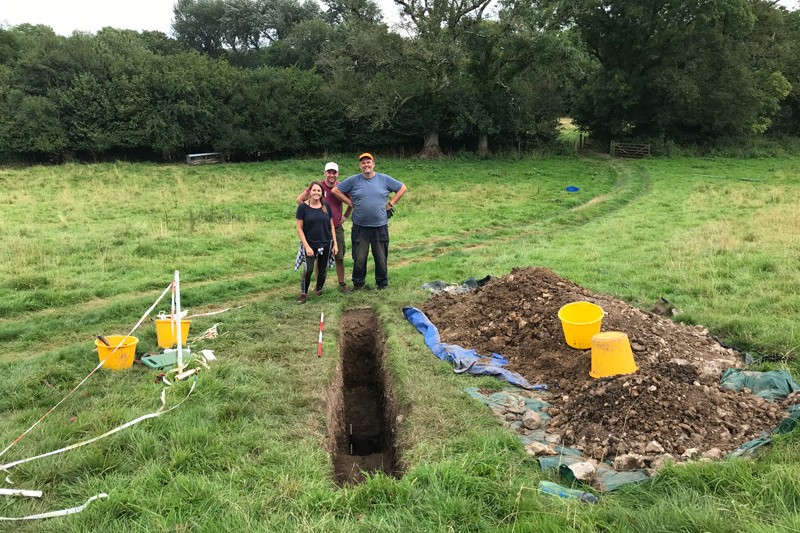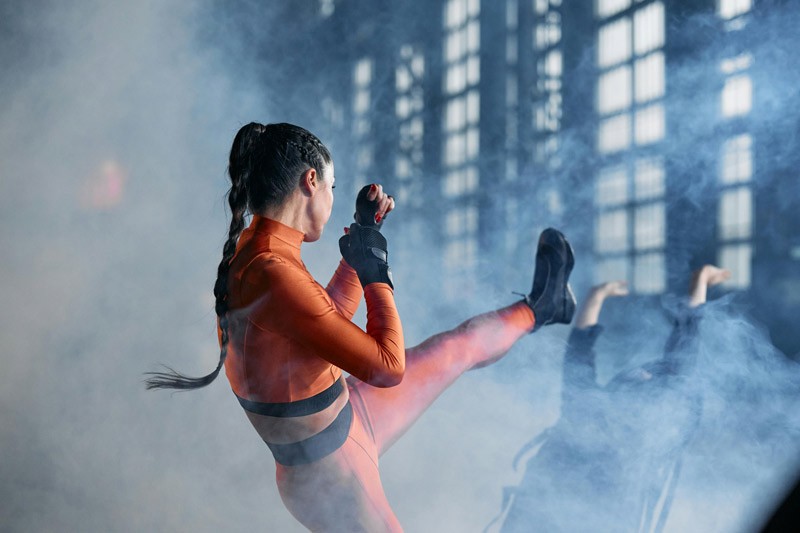Music, sound and rhythm, as aesthetic means of design, have been part of the tradition of poetic documentary film from its early history. This paper, written by BU’s Professor Kerstin Stutterheim, discusses various examples of this genre, all of which use soundscapes, sound design, and music. Music can be either specially composed for the film or previously published.
Internationally known for their musical and poetic qualities are films such as Man with a Movie Camera (Dziga Vertov 1929), Rain (1929) by Joris Ivens, and Berlin, Symphony of a Great City by Walter Ruttmann (1929), to name but a few outstanding examples. Among the most recent documentaries using music as a narrative element are The End of Time by Peter Mettler (2012) and Pearl Button by Patricio Guzmán (2015). The notion of music and rhythm as embodying meaning also applies to silent films, such as Manhatta (Strand and Sheeler 1921), a poetic documentary about Manhattan.
‘Poetic documentaries’ use sounds of the environment as well as music to convey a dramaturgical meaning. How these sounds inform the conceptualisation and realisation of creative/poetic documentaries is the central focus of this paper.
https://edinburghuniversitypress.com/book-the-new-soundtrack-pb-22710.html
The New Soundtrack. Volume 8, Issue 2
Edited by Stephen Deutsch, Larry Sider, Dominic Power



